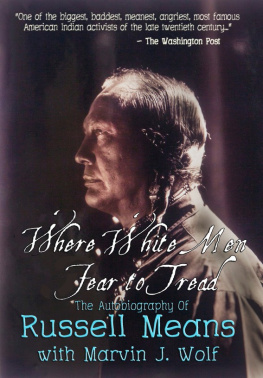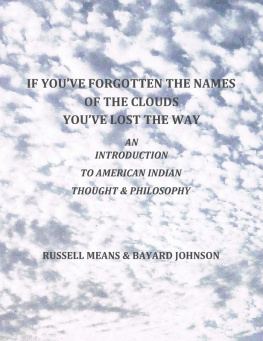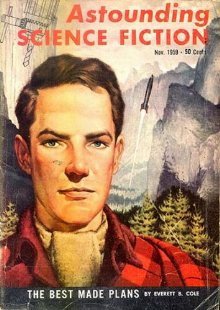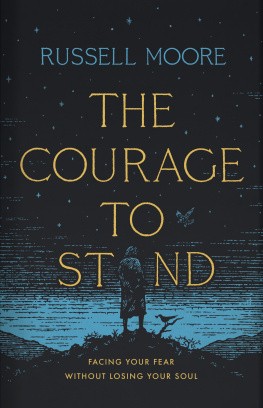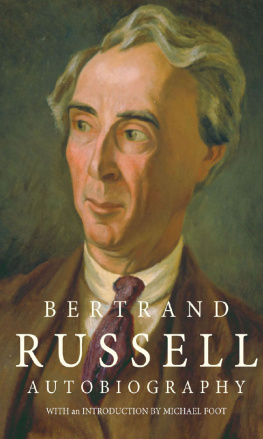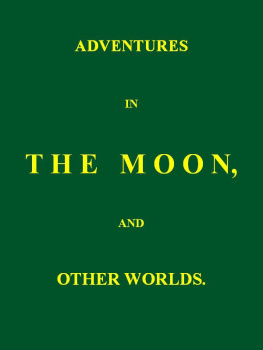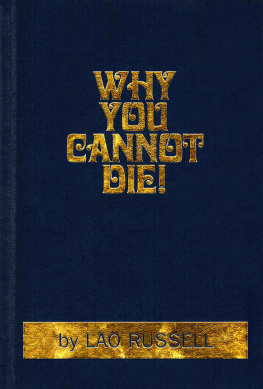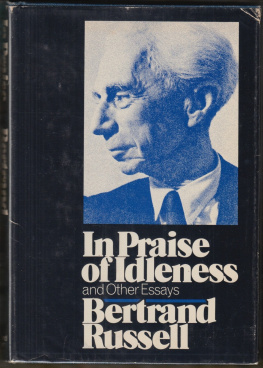Where White
Men Fear To Tread
The Autobiographyof
Russell Means

Russell Means
with Marvin J.Wolf
Antenna Books

Brooklyn, NY
WHERE WHITE MEN FEAR TOTREAD . Copyright 1995 by Russell Meansand Marvin J. Wolf. All rights reserved. Published in the UnitedStates of America. No part of this book may be used or reproducedin any manner whatsoever without written permission except in thecase of brief quotations embodied in critical articles and reviews.For information, address .
Library of CongressCataloging-in-Publication Data
Means, Russell,1939-2012.
Where white men fear totread : the autobiography of Russell Means
/ Russell Means, withMarvin J. Wolf
p. cm.
ISBN:
Means, Russell, 1939-2012.2. Oglala IndiansBiography.
3. Indians of NorthAmericaGovernment relations1934
4. American IndianMovement. I. Wolf, Marvin J. II. Title
Originally published inhardcover by St. Martins Press, 1995
Electronic editionpublished by Antenna Books, April 2015

www.antennabooks.com
This book is dedicated tothe young people of every American Indian nation. I fervently hopeit will inspire them to avoid dwelling on thenega tive aspects of their lives and totake courage from this proof that good things happen to good peoplewhen they persevere.
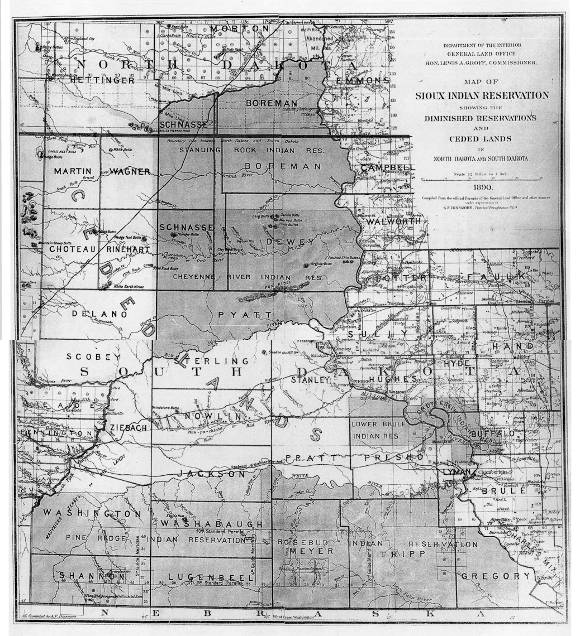
ABOVE: The GreatSioux Indian Reservation in 1890, when the white man had alreadystolen the Black Hills and much of the land reserved by the FortLaramie Treaty of 1868. (NationalArchives)
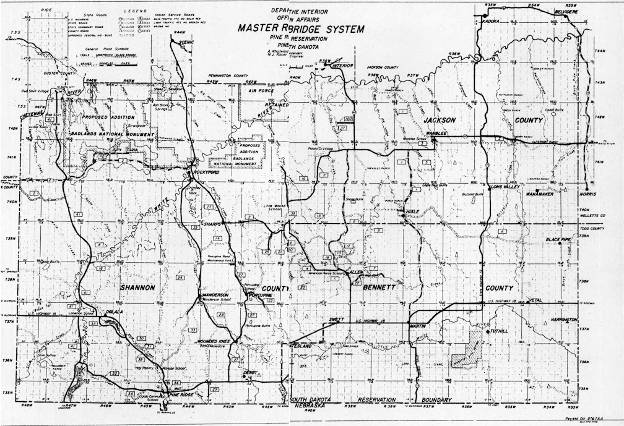
ABOVE: PineRidge Indian Reservation as it is now. (Courtesy U.S. Department of the Interior)
Credo of the American IndianMovement
Let me be a free man, free totravel, free to stop, free to work, free to trade where I choose,free to choose my own teachers, free to follow the religion of myfathers, free to talk, think and act for myselfand I will obeyevery law or submit to the penalty.
ChiefJoseph of the Nez Perc
Contents
Acknowledgments
Until my collaborator Marvin Wolfbegan to examine old newspapers and magazines to confirm dates andthe spellings of names and places I hadnt thought about indecades, I believed that my recollections of the events of my lifewere nearly complete and almost perfect. I knew what had happenedto me, and I recalled what had been said to me or by me or in mypresence on every occasion I chose to describe in these pages. Ialso knew what I had never known or had never bothered to remember,and that was what sent Marvin to the libraries. Now I know thatalthough my memory remains very good, age and the passage of timehave sometimes played tricks on it. Therefore, although throughoutthis work my own recollections are the basis of all conversationsquoted, many facts and figures presented here appeared in writingelsewhere first.
We are particularly indebted tothe reference librarians of the Santa Monica (California) PublicLibrary, who were extremely helpful in borrowing microfilm fromlibraries around the country, and in suggesting places and ways forMarvin to corroborate facts not easily located.
Attorney Larry Leventhal gaveMarvin complete access to his legal files, and provided us withenormous quantities of trial transcripts and other historicaldocuments. Attorneys Ken Tilsen and Bill Kunstler were generouswith their time, and shared their individual recollections ofevents surrounding their roles as defense counsels for Dennis Banksand me during and after Wounded Knee. Other attorneys, includingBruce Ellison and Sid Strange, were kind enough to share theirinsights, anecdotes, and photos.
Librarians ofthe Rapid City (South Dakota) Public Library were veryaccommodating, as was Karen Koka of Nebraska State HistoricalSociety. She shared articles from 1970 editions of the Gordon (Nebraska) Journal and the Alliance (Nebraska) Times Herald that their present publishers had refused to makeavailable. Very thorough, Karen provided even more articles than weinitially requested.
LaVera Rose of South Dakota StateHistorical Society was especially helpful in obtaining photographsof my ancestors and copies of historical documents. Dale Connellyof the National Archives was patient and accommodating with ourrequests for photos taken during the Fort Laramie Treaty meetingsin 1868. Fred Briggs of NBC News was generous with his time inhelping me to obtain the names of those who accompanied him intoWounded Knee in 1973.
Julie Wheelock swiftly transcribedwell over a hundred taped interviews with commendable accuracy.Hazel Rowena Mills did a masterful job of copyediting.
I am especially grateful to MurrayFisher, who edited the early drafts of this work, for hispenetrating marginal queries which led to countless insights we hadnot thought to include. Murray introduced me to Quay Hays ofGeneral Publishing Group and to my coauthor Marvin Wolf, and wasamong the first to recognize that the scope and span of my lifestory might be of interest to a wide audience.
I am most indebted to Robert Weilat St. Martins Press for his tireless patience and unflaggingsupport. After using his own precious vacation time to edit themanuscript, he fought hard to protect the works integrity whilesurmounting the many obstacles, large and small, that inevitablylie between a manuscript and a published book. I want to especiallythank St. Martins Press, from the Chairman Tom McCormack,President Sally Richardson, and Senior Vice President of SalesMichael Pratt to their wonderful staffDirector of Sales BarbaraAndrews, John Crutcher, and Mark Kohut, as well as Director ofPublicity John Murphy, publicist Kurt Aldag, and two more hardworkers, Production Editor Mara Lurie and Assistant Editor BeckyKoh. Their extremely warm welcome to their offices made me feellike I had become part of a huge family, and that I was animportant part of it.
When I attended the St. MartinsPress spring sales meeting the salespersons continued the sameinterest and welcoming.
I feel blessed. Thank youall.
Part I
Genesis
1939-1964
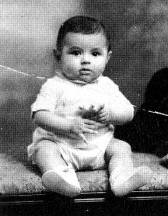
Prologue
FEATHER NECKLACE
C ome with me now to Greenwood, SouthDakota, where in my heart still live the carefree, wondrous days ofearly childhood. Slip through the rushes and cattails to thewaters edge and peer south across the Missouri River to theNebraska shore, more than a mile distant, where red sandstonebluffs, cloaked with cottonwood and box elder, rise hundreds offeet from the water.
It took a mightyriver to cut this deep, wide canyon through the stone. TheMissouri was amighty riveruntil the U.S. Army Corps of Engineers dammed it atFort Randall, twenty miles upstream, in 1956.
Next page
